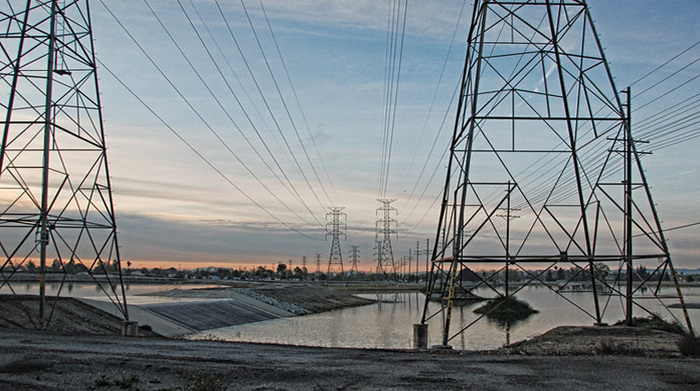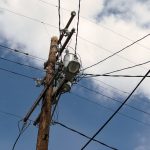How Overhead Line Sensors Can Improve Reliability

Image courtesy of Chris Yarzab under Attribution 2.0 Generic License, resized to 700 x 391 pixels.
Overhead line sensors can be utilized to help boost electric service reliability by identifying potential malfunctions before they actually occur. This is critical when you consider that about 92% of U.S. outages are caused by some type of failure in the distribution system. If a malfunction does occur, these sensors can help identify specific failure causes and accelerate the outage restoration process. Let’s take a deeper dive.
Benefits of Overhead Line Sensors
According to this Utility Dive article, a recent global survey indicates that overhead line sensors have helped utilities reduce their System Average Interruption Duration Index (SAIDI) scores by 7-15% on average. The technology was also found to reduce outage times by an average of 20-37%.
The reason this technology is so effective is that it enables the pinpoint identification and diagnosis of problems, minimizing downtime and speeding up the overall recovery process. The sensors, specifically Communicating Fault Circuit Indicators (CFCIs), also allow utilities to take proactive measures to prevent outages before they occur.
Mechanical issues – such as those that might be caused by lines coming into contact with tree branches, intense winds, or line sag – can be identified by monitoring vibrations in real time via the sensors. Additionally, sensor readings can be tracked over time to identify trends and set the baseline – any deviations from the baseline would indicate a potential issue.
Simply put, overhead line sensors like CFCIs help provide electric utilities with a head start against outages. They help prevent problems before they occur, minimize outage times, improve overall efficiency, and reduce O&M costs. The net effect is an improved ROI and, in some cases, lower costs for customers.
The bottom line is that overhead line sensors, and similar technologies, help utilities keep ahead of the curve, which not only helps the utility itself, but also customers, regulators and other stakeholders.



